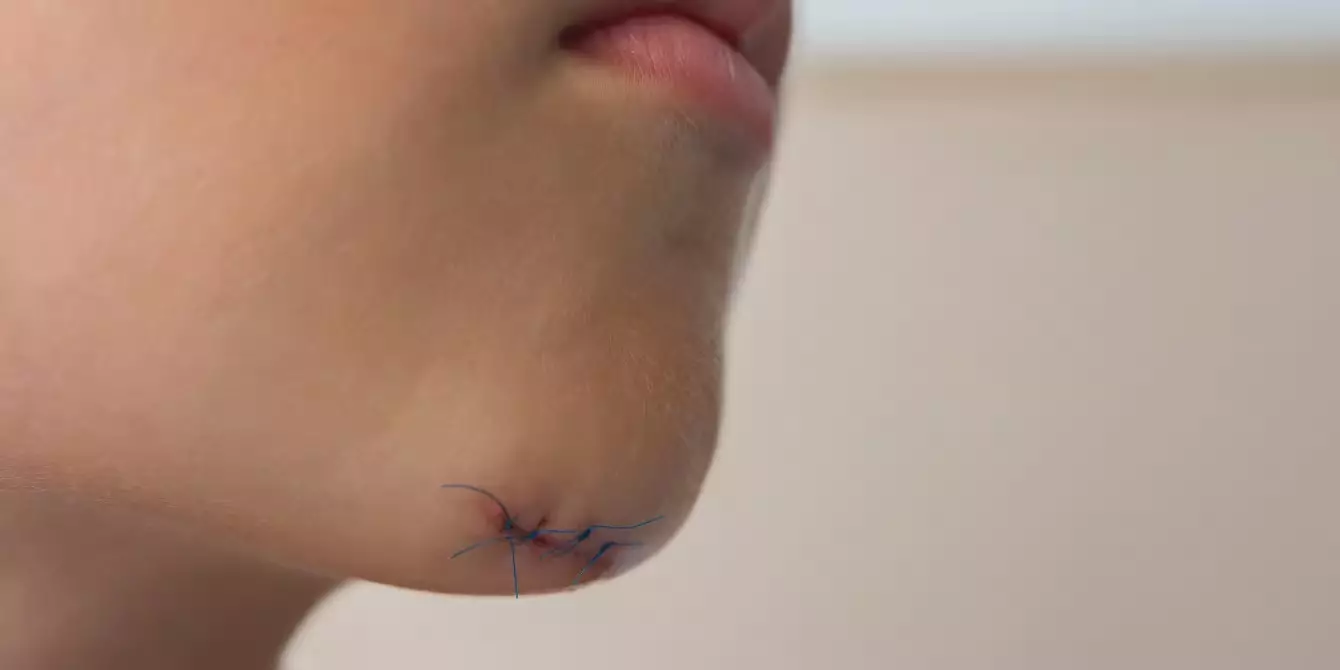As parents, the heart-stopping moment when our children get hurt is something we all dread. Recently, my two-and-a-half-year-old son experienced a significant fall at the playground, suffering a gash on his forehead that required immediate medical attention. One second he was happily playing, and the next, he was on the ground, tangled in his own little feet, colliding with the unforgiving concrete edge. The chaos of navigating a parent’s worst nightmare—venturing into a medical facility—began almost immediately.
While many parents fear the physical injury, it’s often the anticipated hospital trip that invokes true dread. The thought of X-rays, stitches, or even a simple cast can be overwhelming—not just for the child, but for us as well. During our hospital visit, my son underwent a procedure that left him with six stitches after a brief cringe-inducing moment of anesthesia. I’ll admit, I braced myself for the worst, anticipating tears and overwhelming fear. Surprisingly, the moment we left the hospital, my son turned to me and innocently declared, “That was fun!”
In reflecting on this experience, I grasped the significance of preparation in easing the often-traumatic experiences children face in medical settings. This insight has fueled my belief in empowering children through proactive measures and thorough communication.
The Importance of a Calm Environment
The first step in making medical visits less intimidating for our children begins with us, the parents. Our demeanor sets the tone for how our children perceive any stressful situation. Remaining calm and composed fosters an atmosphere of security. Children are keenly aware of their parents’ energy, and projecting confidence reinforces the message: if we’re unperturbed, they need not be anxious either.
It’s essential to over-prepare ourselves mentally; our composure can work wonders in deflating the tension. During moments of uncertainty, we should aim to embody a reassuring presence, narrating our thoughts and feelings calmly. What may seem like a trivial detail to us can mean the world to our children as they navigate unfamiliar territory.
Preparation is Paramount
Thoughtful preparation is paramount when introducing our children to medical experiences. Walking them through the procedures ahead of time, in clear, honest terms, significantly reduces their anxiety. While the truth may be uncomfortable, providing them with a detailed account of what to expect is vital. For instance, explaining the tools and processes—such as “This is a needle, and it will hurt a bit when we use it”—among other specifics, lends a layer of realism that can help them feel more grounded.
It’s worth emphasizing that children need time to digest new information. Rushing through the explanation leaves them unprepared to face what’s coming, often resulting in bewilderment and fear. Instead, we should foster dialogue, inviting questions and addressing concerns to enhance their understanding and comfort.
Promoting Active Involvement
During the medical procedure itself, it is beneficial to maintain an active dialogue. I’ve found that when medical professionals are informed of my desire to involve my child in the process, it creates a cooperative environment. By asking the doctor to explain each tool and procedure in straightforward terms, my son feels more at ease and aware of what’s happening. This engagement transforms a fearful experience into one of discovery.
As difficult as it may be, we must resist the urge to distract our children from discomfort. While using toys or jokes might seem like a good distraction, it can inadvertently foster greater fear. Instead, allowing the child to see the tools and even understand when discomfort may occur fosters trust. This involvement encourages a sense of control, allowing the child to choose where they receive an injection or whether they’d like to look during a procedure.
Empower Through Trust
We must challenge the tendency to underestimate our children’s capacity to handle medical situations. Children often rise to the occasion when given the chance. Rather than making decisions on their behalf—assuming they can’t cope with certain aspects—allow them the freedom to express their willingness to engage. When children feel empowered, they’re often more resilient than we give them credit for.
Trusting in a child’s ability to cope can lead to surprising outcomes; they may even associate these medical visits with positive experiences rather than trauma. The possibility of leaving the hospital feeling proud rather than scared is an empowering narrative that we can help create through preparation, involvement, and trust.
In the world of parenthood, where we navigate unexpected challenges, the way we approach situations matters significantly. Transforming the narrative surrounding medical visits from one of fear to one of manageable adventure not only supports our children but strengthens our bond with them.

